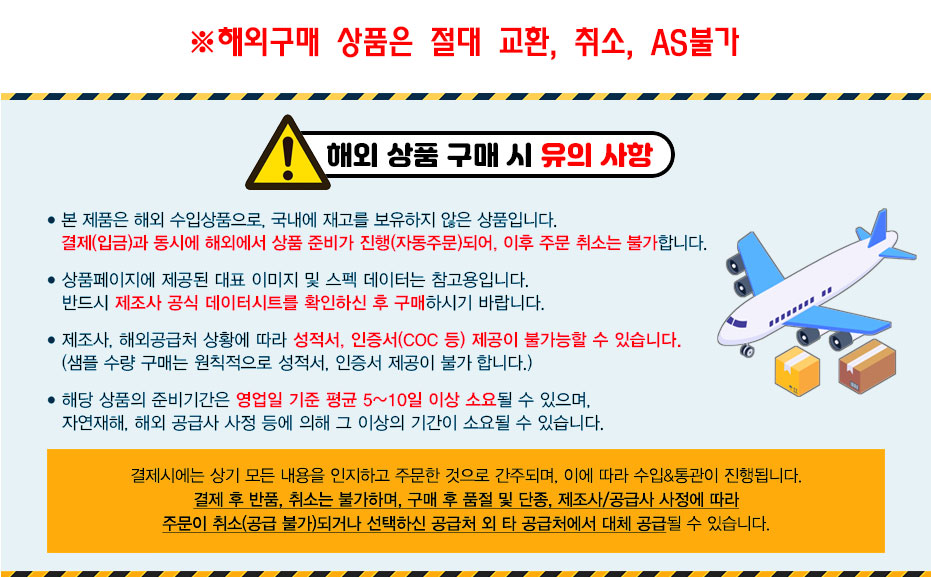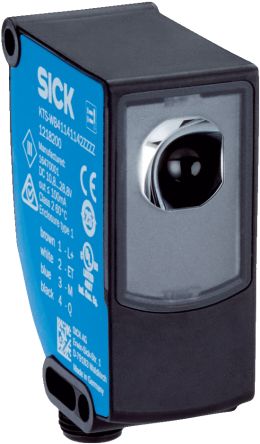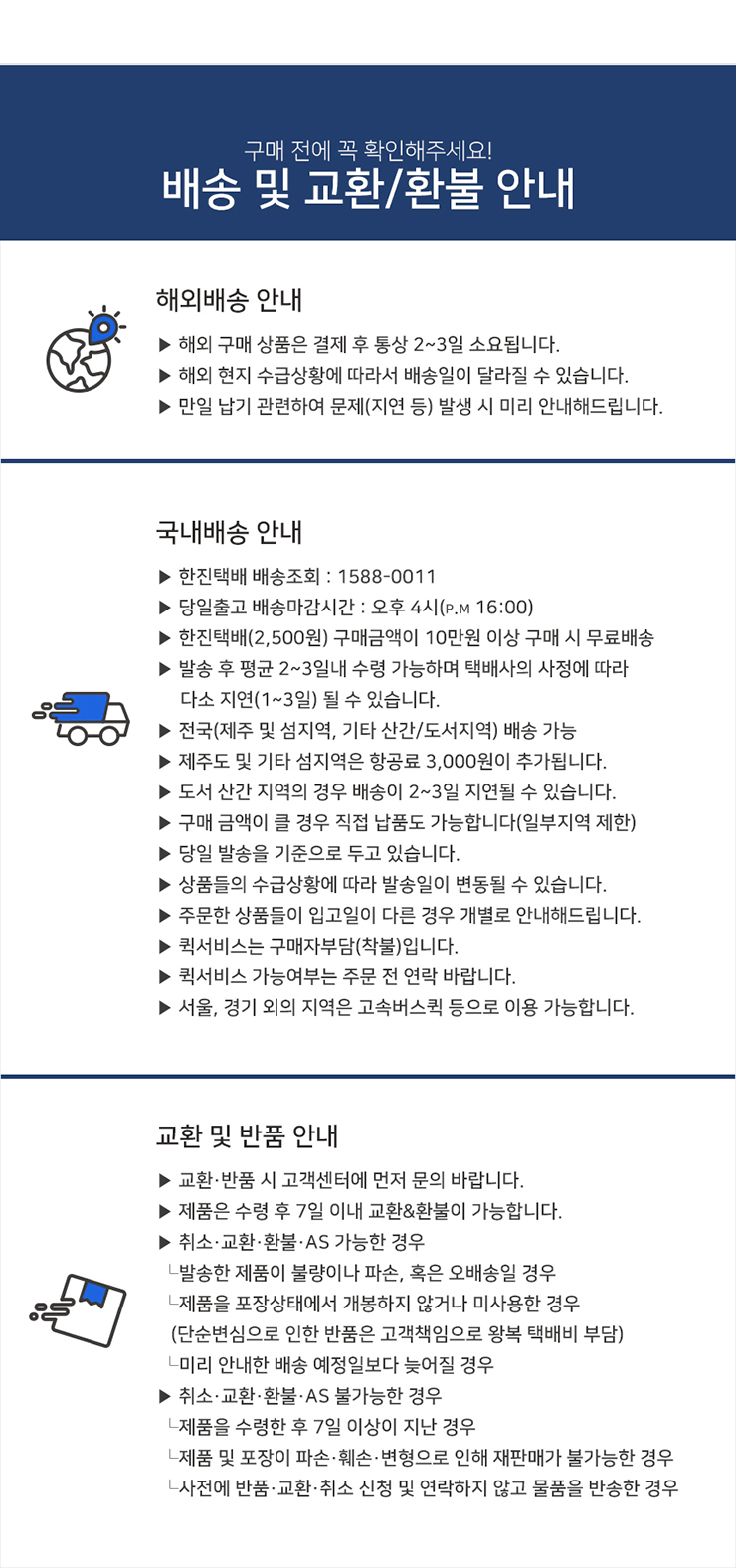
■ 제품필수정보
| 제조사 |
Sick |
| 제조사품명 |
KTS-WN41141142ZZZZ |
| 간략설명 |
Sick Contrast Sensors 13 mm, , NPN, 100 mA, 10 ??30 V dc, IP67 |
■ 제품사양
Detection Range = 13 mm Output
타입 = NPN Maximum Current = 100 mA Switching Frequency = 25 KHz Electrical Connection = Male connector M12 Supply Voltage = 10 ??30 V dc LED Status Display = Yes Terminal
타입 = 4-pin, Male connector M12 Housing Material = Plastic IP Rating = IP67
최소 작동 온도 = -20°C
최대 작동 온도 = +60°C OverviewAt a glanceWhite LED or RGB LED High gray line resolution Very large dynamic range means reliable detection of contrasts on glossy materials 25 kHz switching frequency Display for easy sensor adjustment 2-point and dynamic teach-in Manual switching threshold adjustment Light/dark switchingYour BenefitHigh switching frequency for use in quick machine processes with high switching accuracy requirements Display and flexible sensor settings for easy sensor handling and user-friendly operation High gray line resolution enables the detection of very small contrast differences and high-gloss materials - high process stability and fewer downtimes Various teach-in processes for ideal sensor and process setting in different applications Manual switching threshold adjustment supports stable material detection and individual sensor adaption to different contrastsHigh performance for universal application in a range of applications: The new KTS Core in modern design with white LED or RGB LED and VISTAL® housing impresses with its switching frequency and gray line resolution, different teach-in variants and manual switching threshold adjustment. A response time of 20 μs and a jitter of 10 μs ensure reliable and accurate detection of contrast differences, e.g. in print marks, even on high-gloss materials. Thanks to various teach-in processes and manual switching threshold adjustment, commissioning is more flexible and detection more stable. The KTS Core detects even the smallest differences in contrast and is therefore well-suited for use in a wide range of applications.ApplicationsApplications in which contrast is a decisive distinguishing feature Print mark detection for controlling the cutting process Print control in the print and paper industry Positioning of tubes when filling Label alignment on bottles Monitoring of wafer surfaces Roll end monitoring Contrast mark detectionNote





